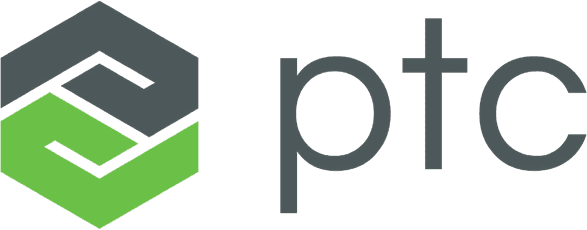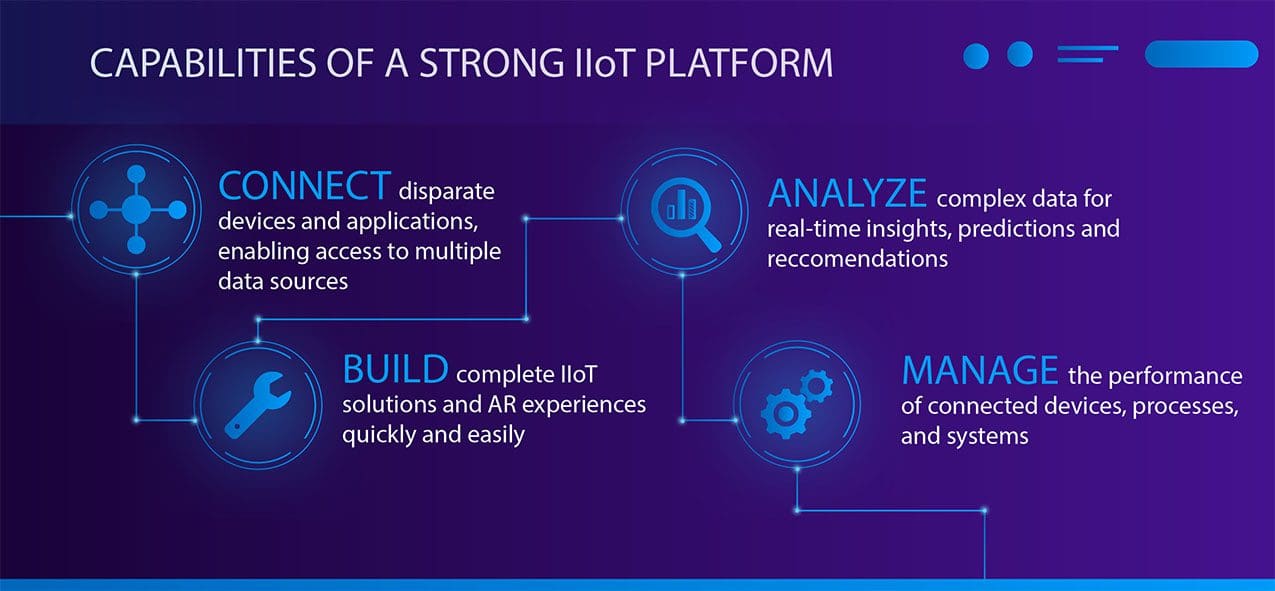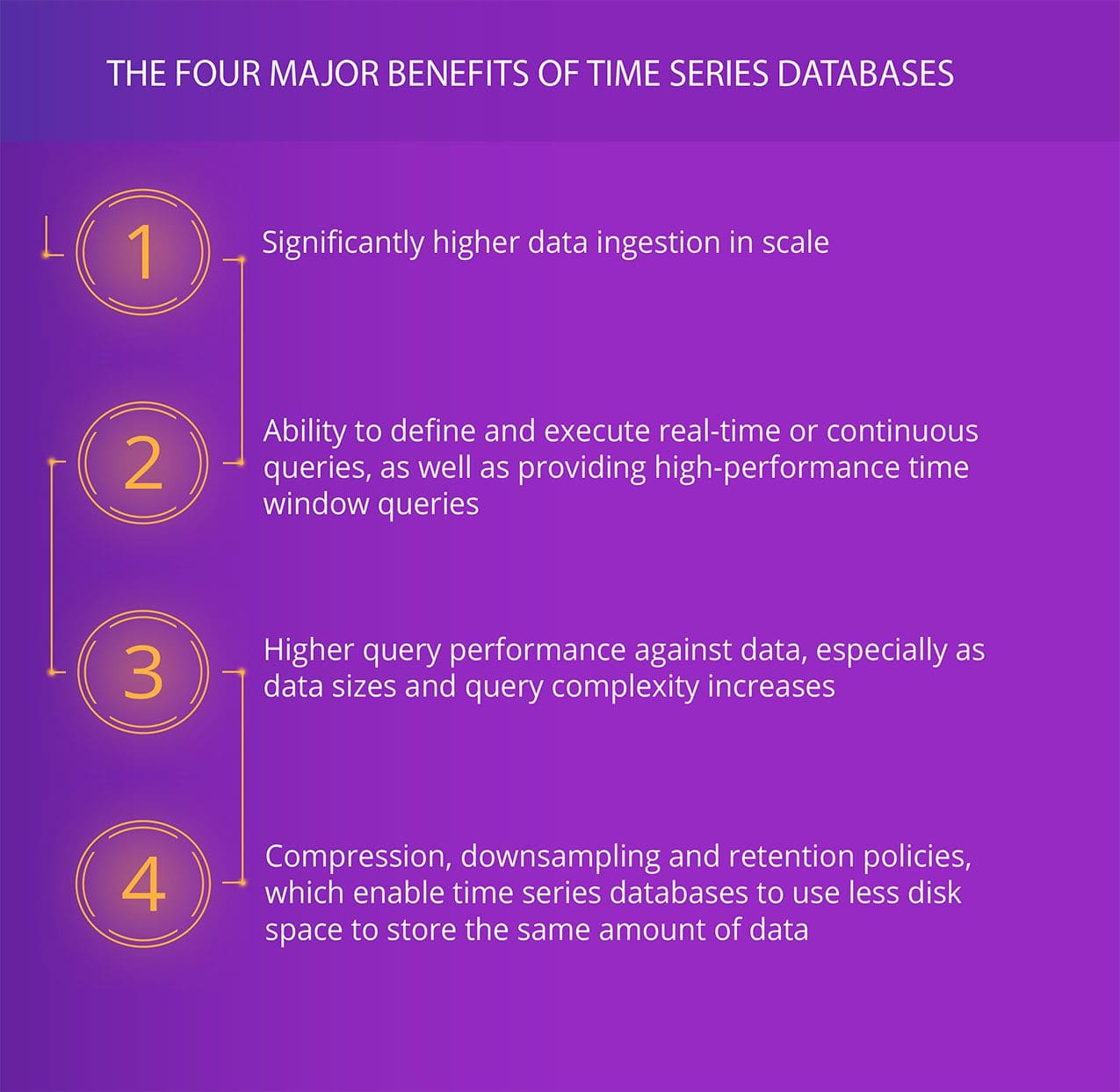March 24, 2022
Industrial IoT Platforms – IoT Performance Testing Best Practices
READ TIME: 7 MINS
Industrial IoT Platforms & Best Practices for IoT Performance Testing
Every business demands growth and today’s digital transformations have given businesses ample opportunity for fast-paced expansion that was unthinkable just a few decades ago.
Internet of Things (IoT) advancements have unlocked new capabilities for just about every piece of technology including completely remote upgrades, instant monitoring and feedback, and system synchronization across the globe. With the ability to generate real-time data across an enterprise, IoT is revolutionizing the industry.
Companies are gaining access to data for their entire enterprise overnight, but converting that data into changes that improve scalability, optimize productivity, increase market share or generate profit can be an overwhelming challenge.
That’s why understanding how to manage high-volume industrial data and leverage purpose-built time series database technologies with your industrial IoT platforms is the key to preparing your company to be in the ideal position to take advantage of the opportunities, growth, and industry changes that lie ahead.
Growing Pains
As the network of connected devices expands and real-time data flow surges, companies face the crucial task of selecting resilient, scalable, and agile Industrial IoT platforms. IoT performance testing plays a pivotal role in this process.
Many Industrial IIoT applications rely on time-stamped data, also referred to as time series data. Whether it’s precision robotics assembling electronic components, global tracking of thousands of trucks, or monitoring life-saving medical equipment, IIoT systems are extensive, interconnected, and time-critical. Accurate time-stamped data provides insights into every event and error, enabling better decision-making, whether for long-term strategies or immediate actions. Precise, time-stamped data is indispensable for success in your Industrial IoT Platforms.
While relational databases serve well for general data storage and retrieval, they fall short in handling high-volume data ingestion and time-window-based queries. Specialized time series databases (TSDBs) excel in these areas. Initially, a business may find a relational database sufficient, but frustrations may arise as it outgrows the database’s capacity to store vital information. These challenges can be detrimental in a rapidly evolving landscape. Your business’s scalability relies on the implementation of adaptable systems that can grow and evolve with your company’s digital transformation and expansion.
Understanding The Objectives – IoT Performance Testing
When exploring IoT and IIoT platforms, including time series databases and technical deployment strategies, it’s crucial to define your business architecture clearly. Start with a big-picture perspective to chart your digital transformation journey. Develop a roadmap that pinpoints IIoT connectivity needs, prioritizes complex data, and addresses potential challenges proactively, like malfunctions and blackouts.
But what happens as your business grows? Can your systems adapt to success? When one factory multiplies to ten, when your workforce expands from hundreds to thousands when local device networks go global, can your current setup keep up?
Imagine a company with multiple factories, each using separate systems and relational databases to monitor and interface. These systems share similar goals: remote asset monitoring and predictive maintenance.
At first glance, IoT performance testing could suggest no need for change – profit rolls in, and operations run smoothly. However, viewing each factory within the larger business architecture reveals redundancies. Operating independently might work short-term, but it escalates hardware expenses and complexity, consuming time, space, and money.
Transitioning to a unified IIoT platform designed for time series data simplifies IT management, cuts hardware costs, and expands scalability. It becomes evident that choosing the right industrial IoT platforms is essential for sustained success.
The Scale Problem
When beginning the journey to design or implement a unified industrial IoT platform for the massive volumes of time series data from sensors and systems, it is helpful to think of IIoT implementations as a three-dimensional scale problem; one that needs to undergo significant IoT performance testing.**
Y-axis: Data Ingestion
On one axis is the volume of time series data flowing in from connected devices. By understanding not only how many devices are expected to be connected but also how many different unique data items they’re expected to send and how often they will send them, you can start to understand how many writes per second (WPS) the solution architecture needs to support. This WPS calculation then factors into data processing requirements.
Y-axis: Data Processing
For every data point ingested, determine if any additional computation needs to be done immediately, or if that data processes in batches, perhaps on a scheduled interval. How complex are those computations? Do they only require the specific data item that was just ingested or does that data item need to be compared against previous data or against a known threshold? The number, frequency, and complexity of these types of data processing rules are part of the application logic load.
Z-axis: Data Visualization
The last piece of the application logic load comes from the users who will be interacting with the system. How many users are expected to be using the system at a time? How complex are the operations to produce the user interfaces that they need to interact with? Is this use case a more real-time operational situation where users will be reviewing data as it updates and reacting to events and alerts? Or is it more analytical in nature where users will be running more complex queries with larger volumes of data to identify patterns and trends?
As you think about the load for processing time series data along these three axes, you can see where having a purpose-built time series database in your deployment architecture is a major benefit. Relational databases are, of course, capable of storing time series data, and they can do this job well at a smaller scale, but they are intentionally designed as a general data storage tool.
PTC ThingWorx With InfluxDB as a Time Series Provider
When choosing a time series data solution for your industrial IoT platforms, it’s important that the solution provider have the power and flexibility to meet all of your enterprise needs now and in the future.
PTC ThingWorx is the leading IIoT solutions platform for manufacturing, providing end-to-end capabilities for complete digital transformation. ThingWorx typically provides two different types of persistence providers or database storage locations. The model provider is always a relational database and stores general system data as well as metadata about the model being used for the application. However, one or more data providers are responsible for the runtime data ingested against that model, elements such as value streams from connected devices or from other integrated external systems. This data is almost always time series data.
While PTC ThingWorx customers can build custom integrations with almost any database, InfluxDB is the only time series database that is natively integrated into ThingWorx out of the box. With its powerful processing capabilities, extensible programming language, easy-to-build templates, and hundreds of open-source Telegraf data collection plugins, using InfluxDB as a key part of your PTC ThingWorx implementation enables you to optimize performance to a degree that no other time series database is able to approach.
In fact, InfluxDB is so trusted that it is embedded into PTC Cloud, making it the de facto standard for high-scale PTC ThingWorx implementations.
The features that make InfluxDB so trusted by this IIoT giant are useful at every stage in a business’s lifecycle. Utilizing InfluxDB early in a company’s digitization not only prepares businesses for future scale but can also reduce hardware costs, taking advantage of the high-performance data ingestion and crew performance capabilities that are provided by a time series database.
The Results
Using InfluxDB as the time series database with PTC ThingWorx optimizes industrial IoT platforms with data collection and storage while using about half of the total hardware of the original database system. Even at a small scale, using InfluxDB as the time series database is more efficient, effective, and profitable than other options.
The implementation that included an InfluxDB time series database was also able to handle almost twice as many service requests and about four times as much data ingestion as the comparable relational database configuration with a comparable amount of hardware.
Ultimately when undergoing IoT performance testing, the PTC ThingWorx platform paired with InfluxDB allows for long-term business benefits including more growth with less hardware, faster service and data processing, and an overall more efficient net enterprise result, which all translates to more potential for profit and market share growth.
The Conclusion
No matter where you are in your digital industrial journey, you will need the solutions and systems that provide the most benefit now and will provide the most flexibility for future growth.
Selecting PTC’s ThingWorx with InfluxDB allows businesses of all sizes to implement, manage and utilize IIoT data to its fullest, removing the obstacles that can impede a company’s ability to achieve high growth.


PTC enables global manufacturers to realize double-digit impact with software solutions that enable them to accelerate product and service innovation, improve operational efficiency, and increase workforce productivity. In combination with an extensive partner network, PTC provides customers flexibility in how its technology can be deployed to drive digital transformation – on premises, in the cloud, or via its pure SaaS platform. At PTC, we don’t just imagine a better world, we enable it.
Learn more at www.ptc.com.
Special thanks to Mike Jasperson, Vice President – IOT Enterprise Deployment Center at PTC who contributed to this paper.
InfluxData is the creator of InfluxDB, the leading open source time series database. Our technology is purpose-built to handle the massive volumes of time-stamped data produced by IoT devices, applications, networks, containers and computers. We are on a mission to help developers and organizations, such as Cisco, IBM, PayPal, and Tesla, store and analyze real-time data, empowering them to build transformative monitoring, analytics, and IoT applications quicker and to scale. InfluxData is headquartered in San Francisco with a workforce distributed throughout the U.S. and across Europe.
Learn more at influxdata.com.

TriStar Digital Thread Solutions welcomes questions. Feel free to CONTACT US if you can’t find what you’re looking for, or call us at 800-800-1714














I thoroughly enjoyed reading your insightful article on IoT intelligent platforms. It’s fascinating to see how these platforms are revolutionizing the world of connected devices and unlocking new possibilities for businesses and consumers alike.
Your discussion about the benefits of IoT intelligent platforms in terms of efficiency, scalability, and improved decision-making resonated with me. Indeed, by leveraging advanced analytics, machine learning, and real-time data processing, these platforms enable organizations to optimize their operations and drive meaningful insights. The ability to seamlessly integrate devices, sensors, and data streams within a unified ecosystem is a game-changer, empowering businesses to make data-driven decisions with greater speed and accuracy.
Thank you for sharing your expertise and shedding light on this exciting field. I look forward to reading more of your insightful articles in the future.
We’re glad you found it insightful! Thanks for reading.